Day 115 (August 5, 2017)
Kuriyama, Hokkaido → Yūbari, Hokkaido → Kaede, Yūbari, Hokkaido
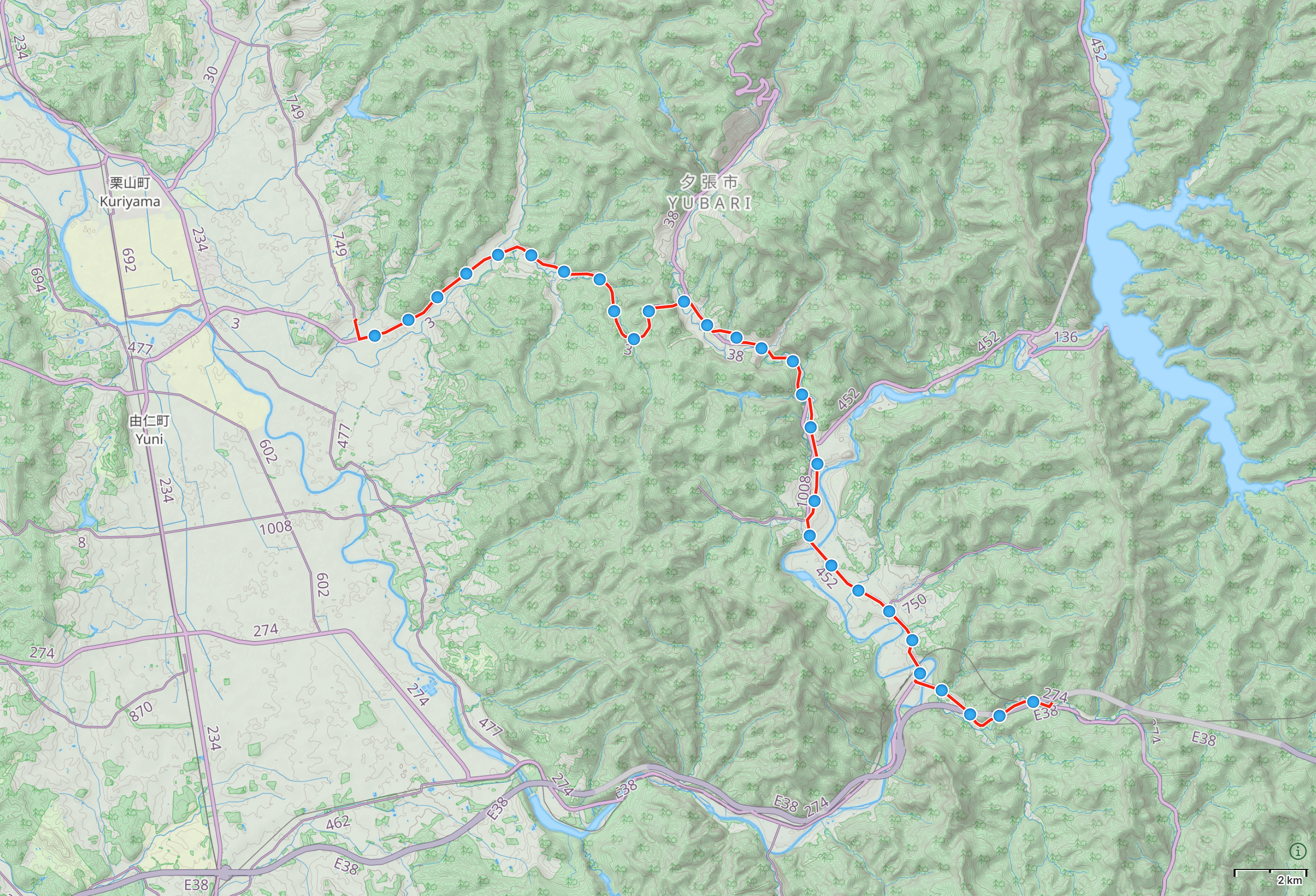

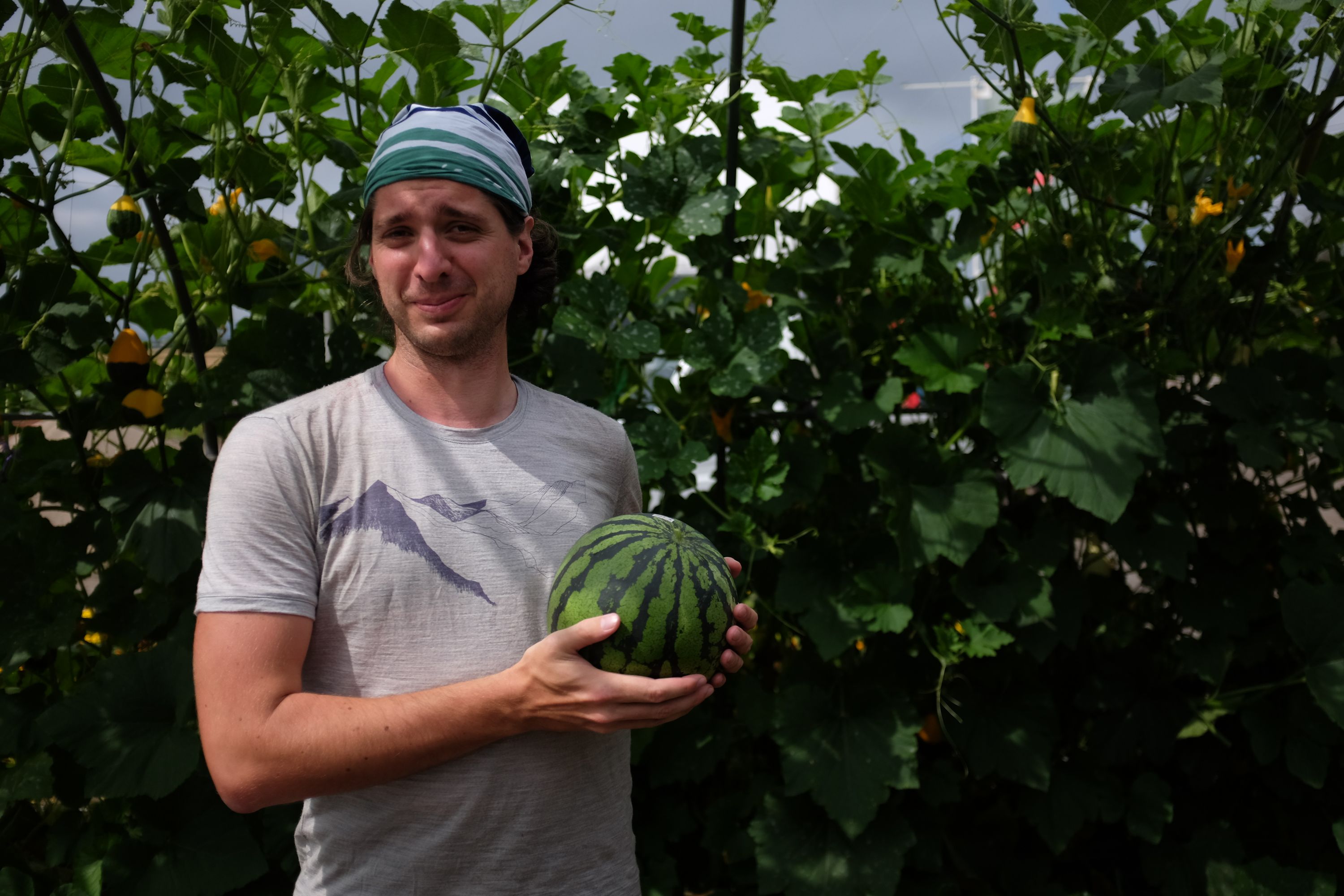
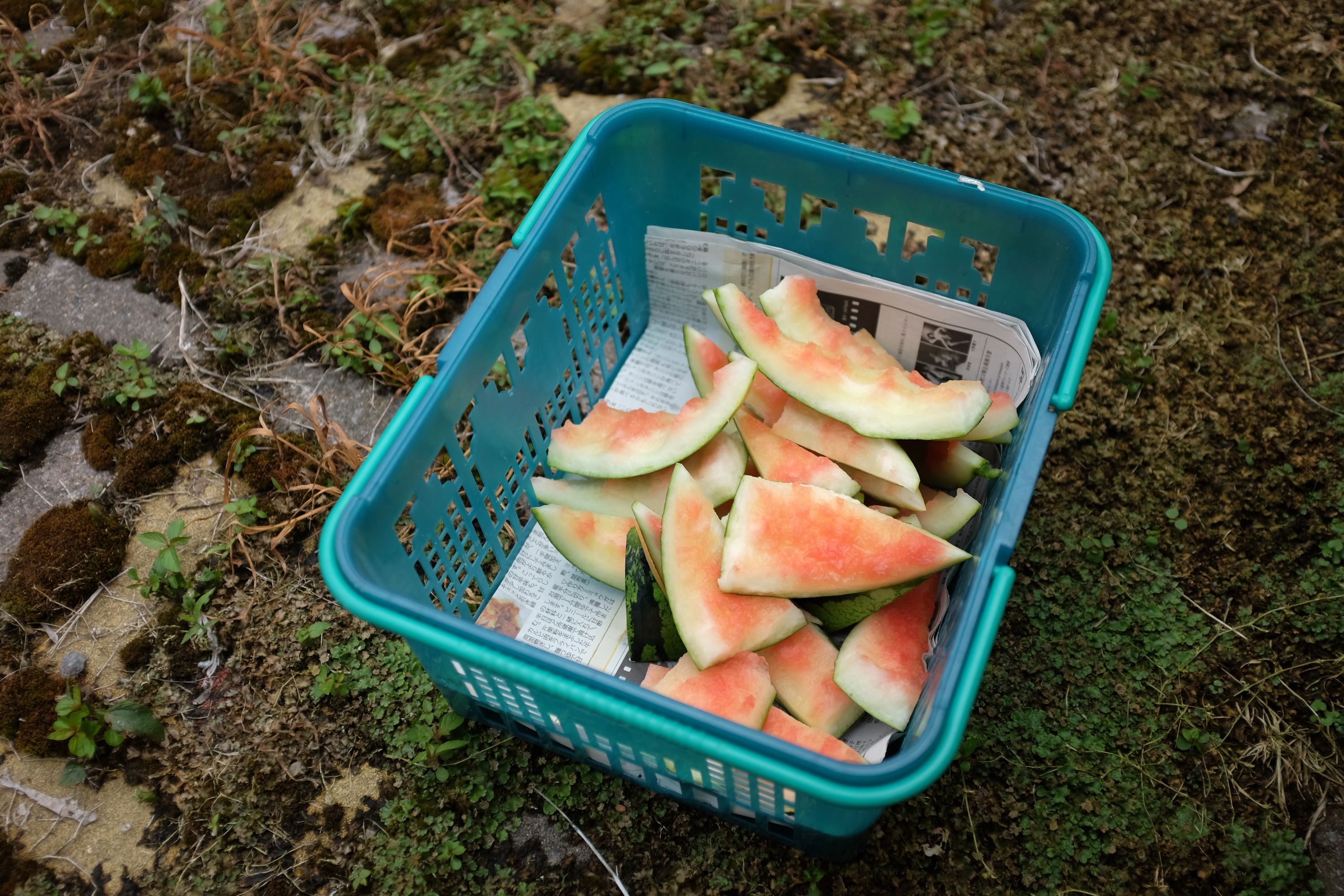
Like most Japanese produce, melon tends to be a comically overpriced luxury product, a function of the peculiarities of Japan’s agriculture, but not in the western foothills of the Yūbari Mountains, where melons can be bought at roadside stands instead of in posh gift packs. Dr. Orosz may not have been impressed with the size of the watermelon we purchased for breakfast, but it was a wonderfully fresh, sweet melon, and it was gone in a few minutes. This being Japan, a basket lined with newsprint was provided for our discarded rinds, and we walked on, under a hot sun.
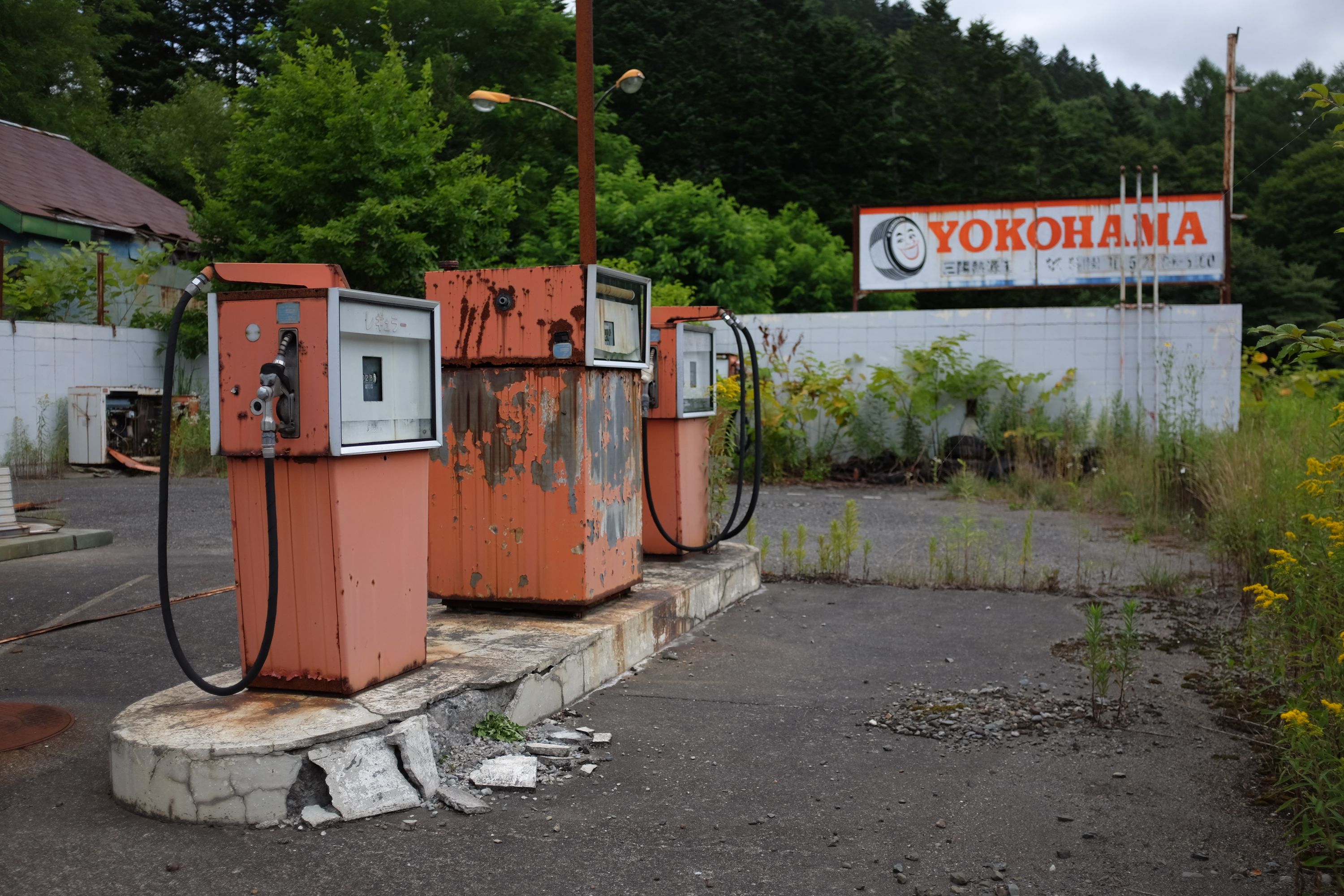
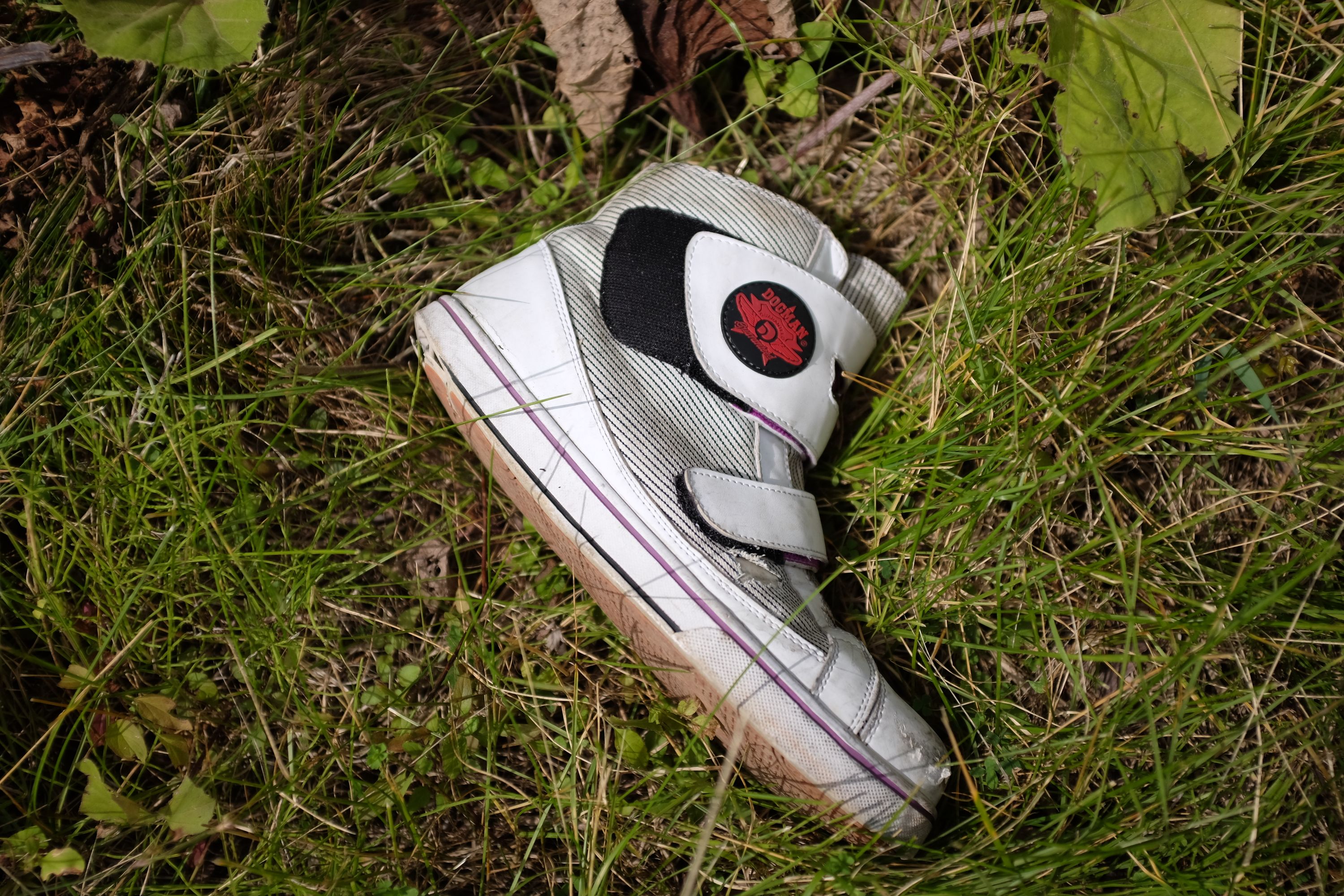

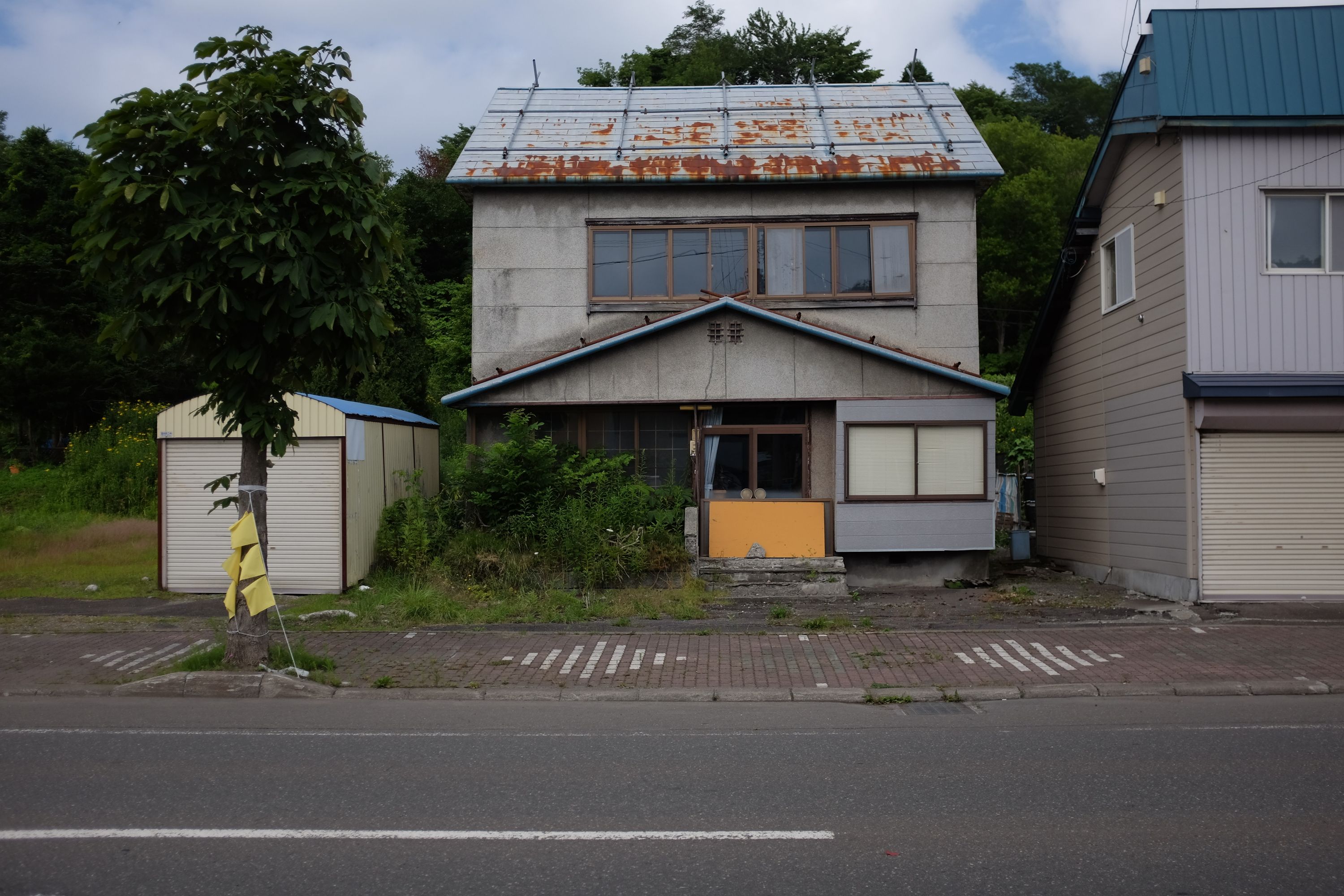

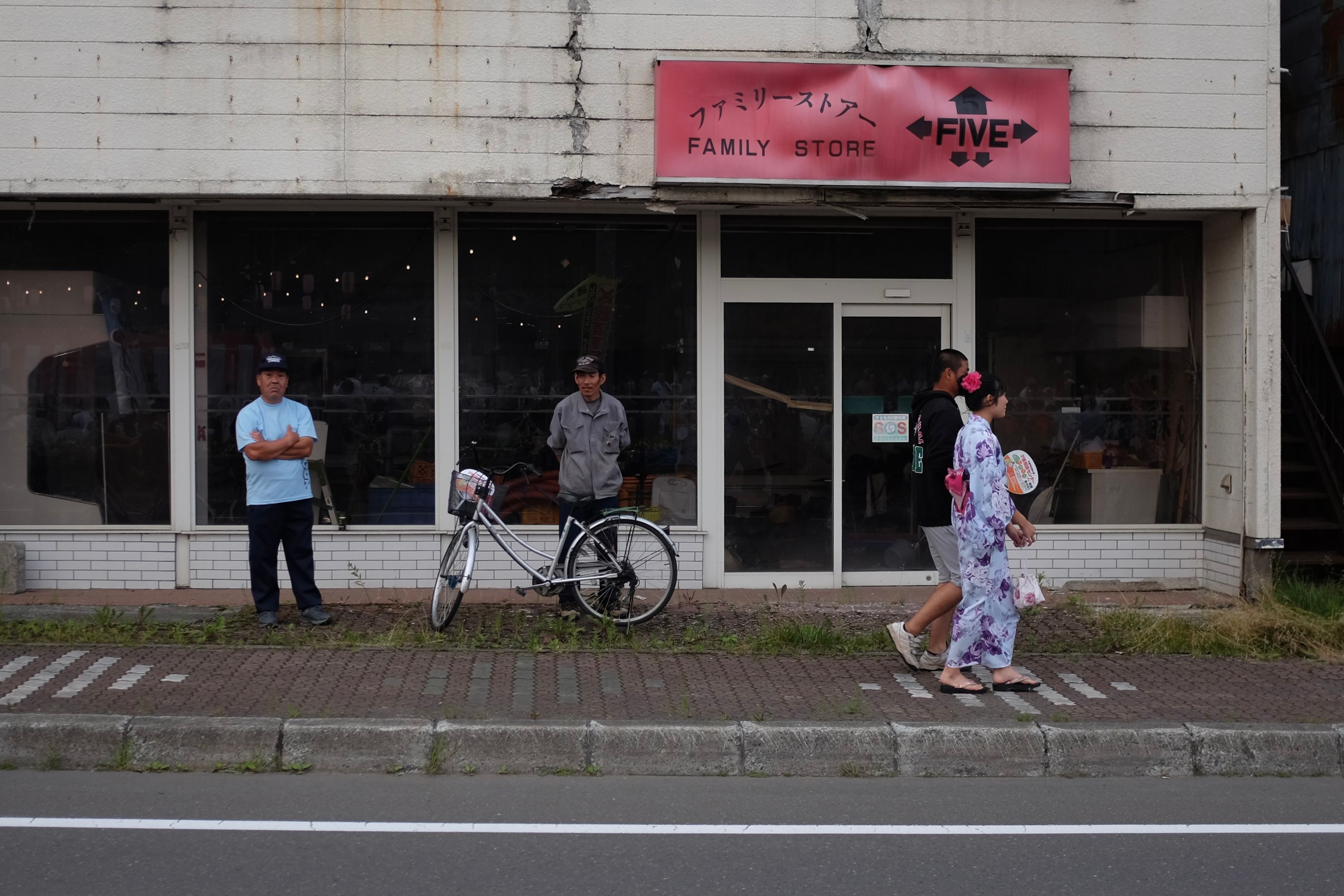
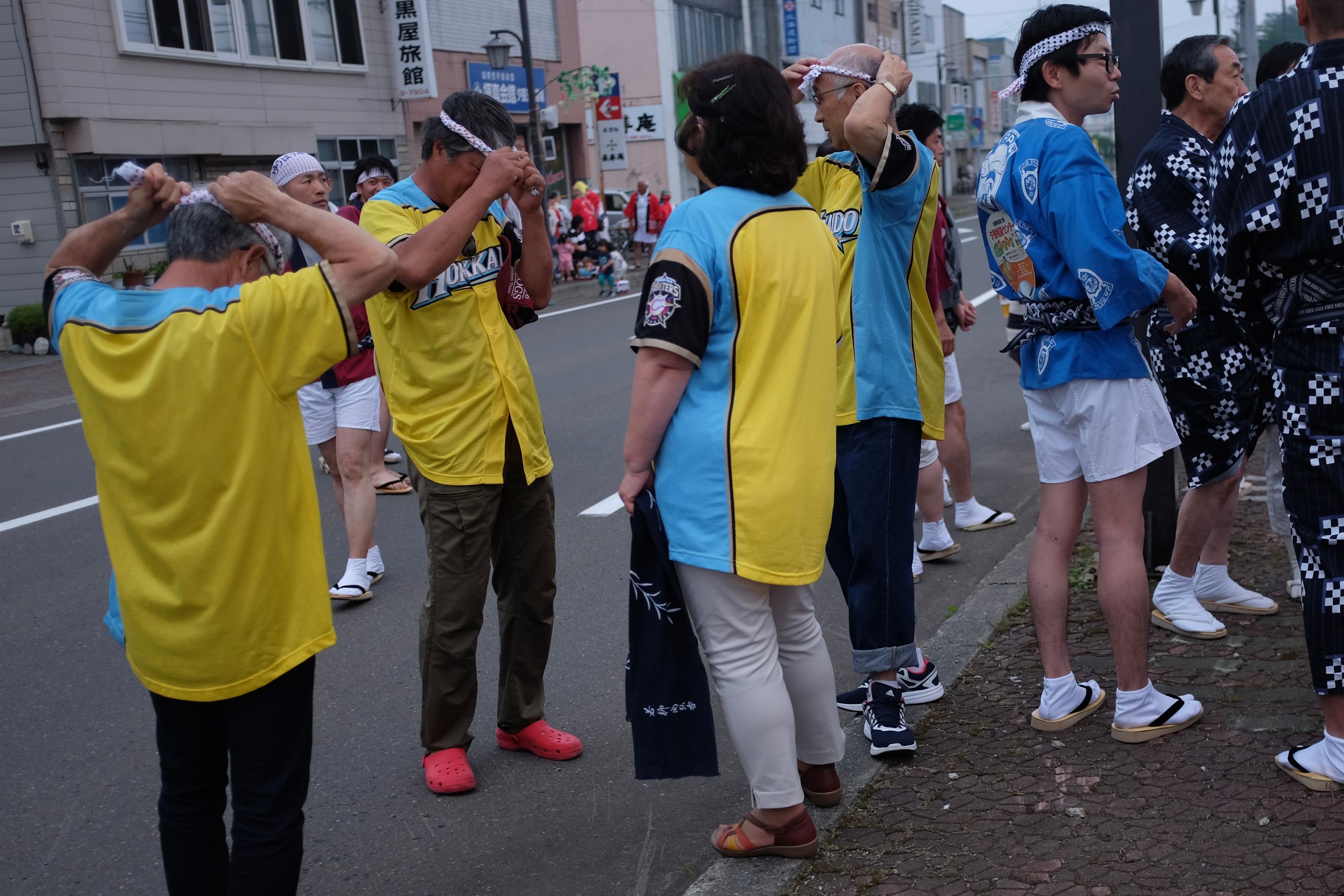
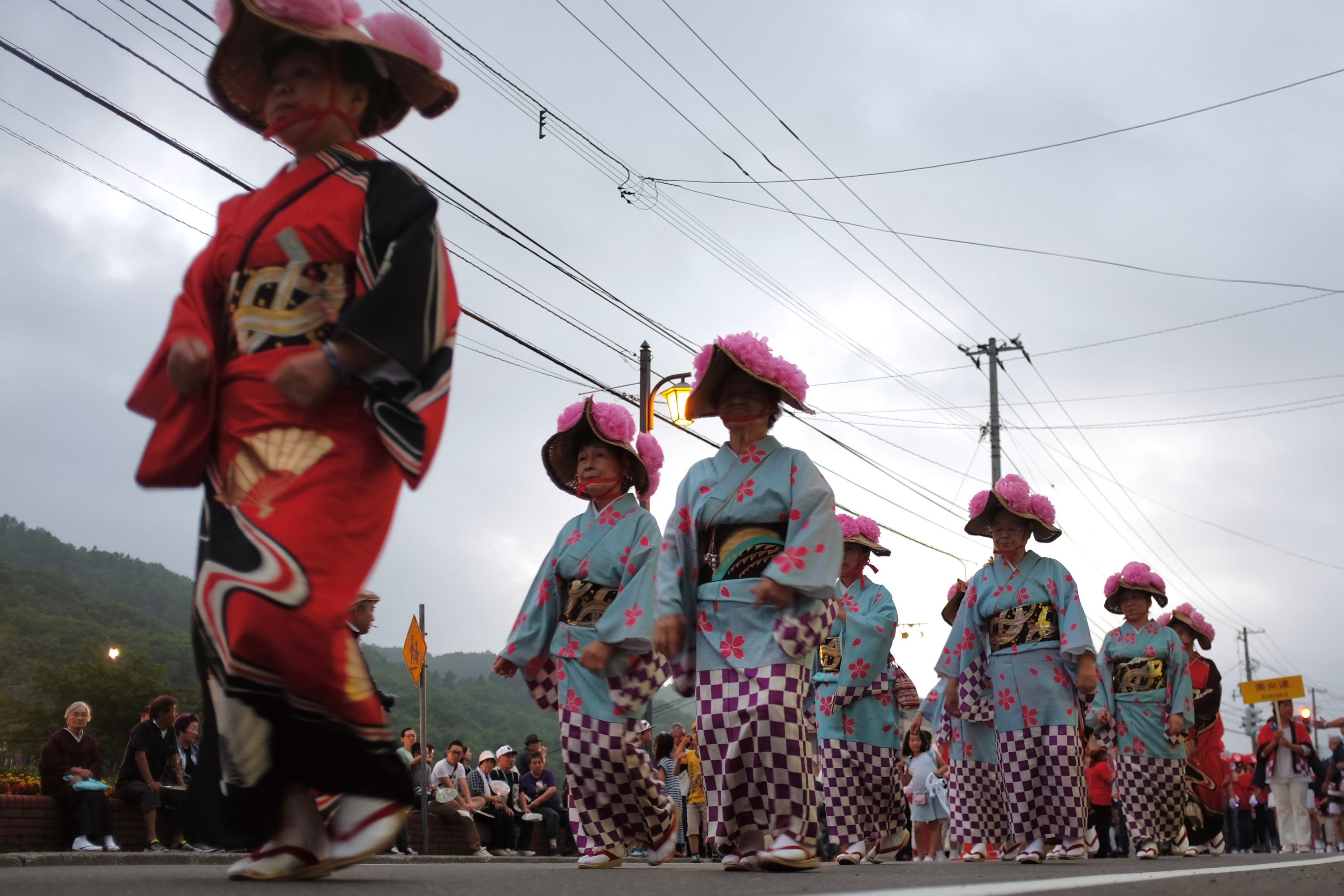

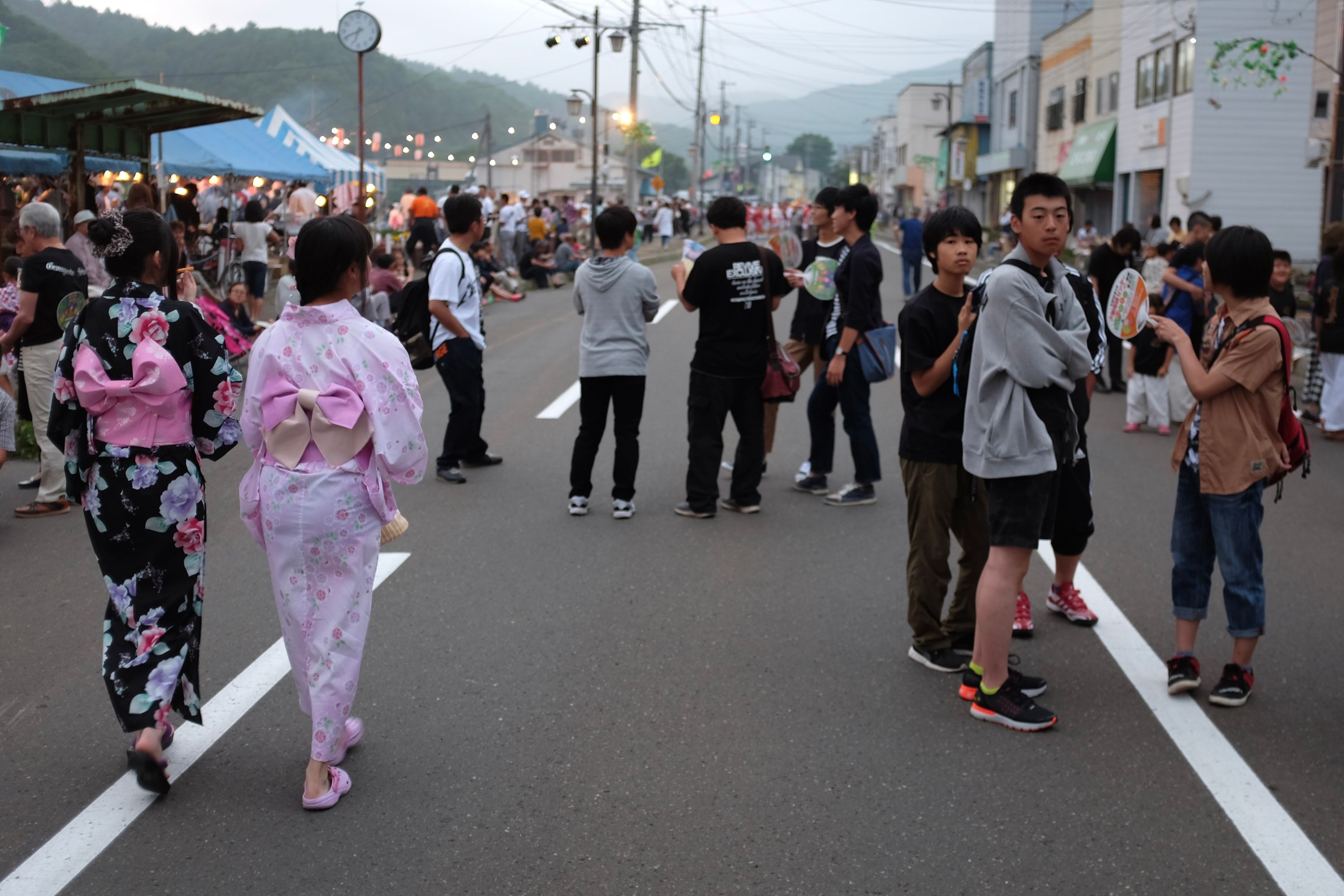
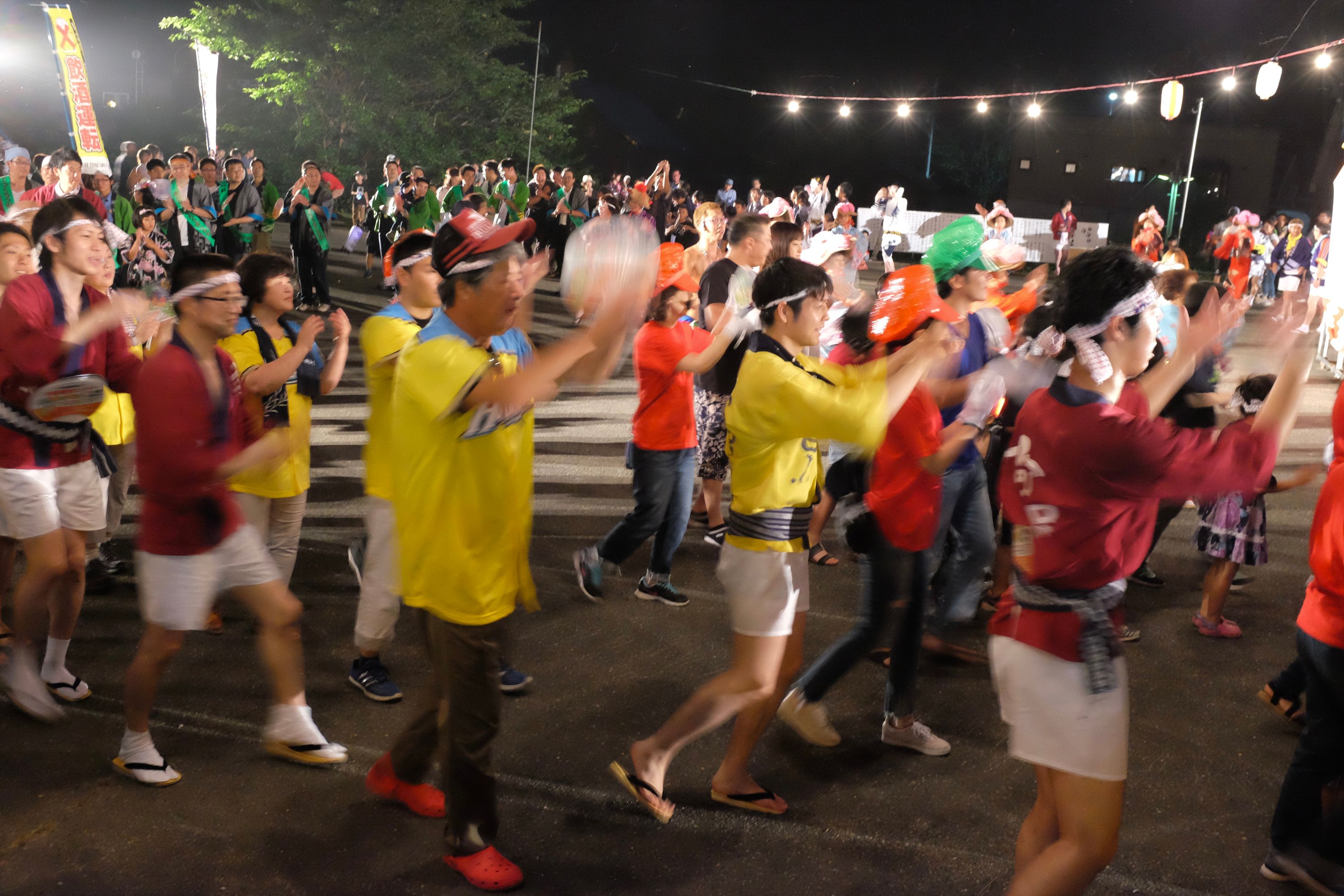
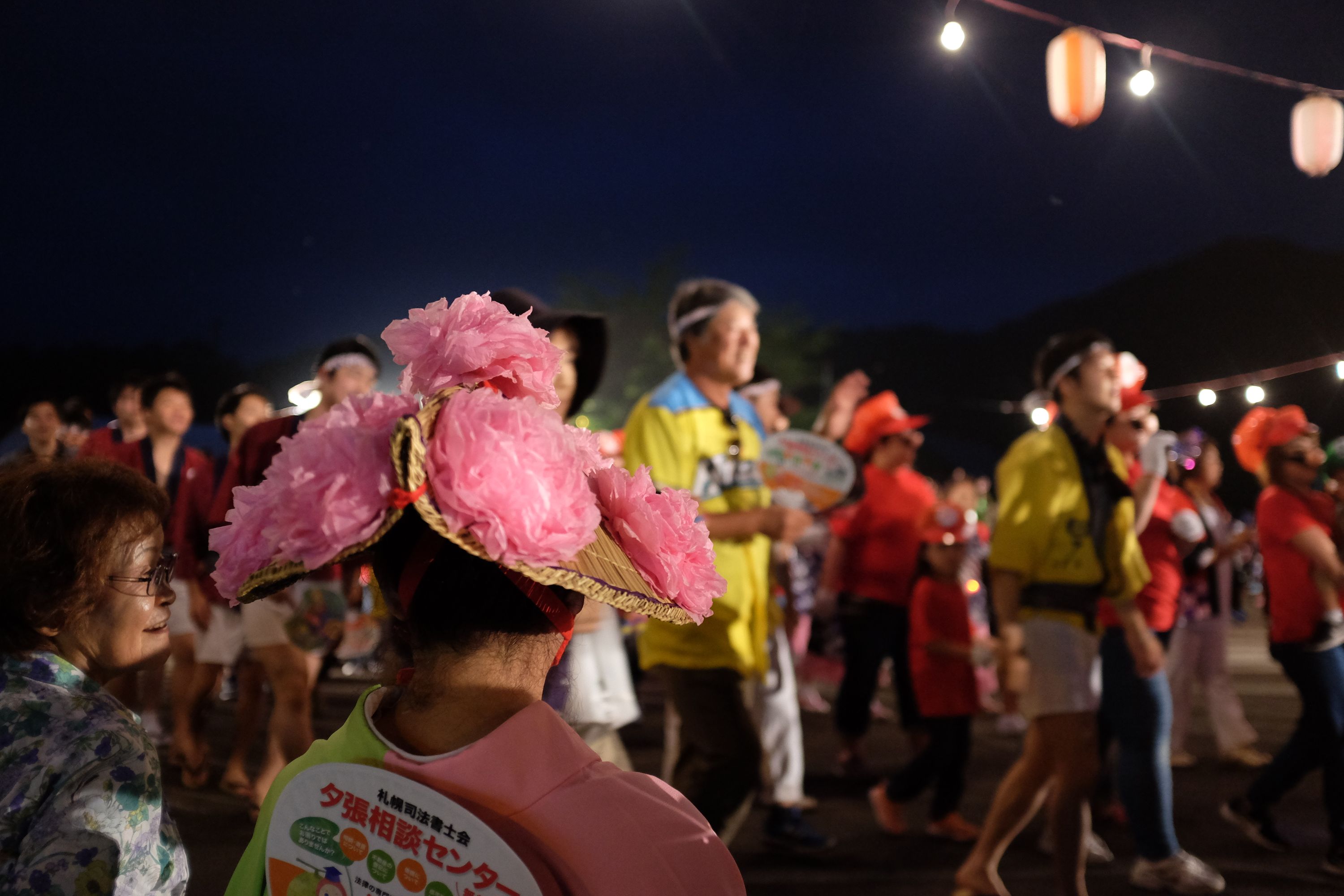
There was plenty of rust, there were deer on the railroad tracks and abandoned houses by its side, but Yūbari, a town which is often shorthand for the death of the Japanese countryside, was in no worse shape than rural Aomori or Tokushima. Most of the city’s remaining 8,000 people — out of 110,000 two generations ago — were out on the main street on the evening we walked in. There were plenty of girls in flowery yukatas, there were children showing off their skills in karate and in running around, and for two hours, hundreds paraded down the main street, dancing to distorted, screaming electronica. I had seen enough death and it was good to see no more, even if for a fleeting summer night, and we walked out of town, and into the mountains, to the reverberations of fireworks.


